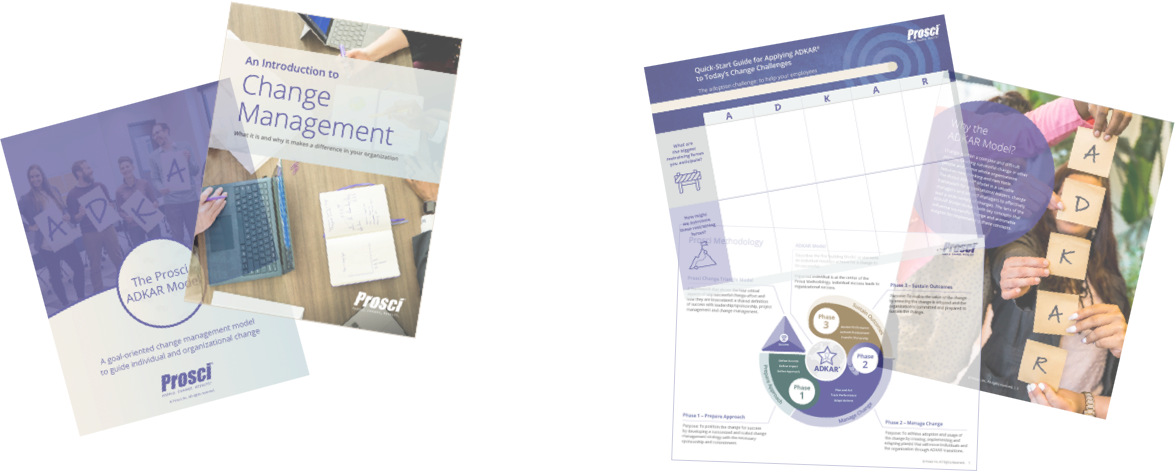
Enterprise - 10 MINS
Compare Change Management Tools: Why Prosci Stands Out
Companies often conflate models, methodologies, technologies and other resources to make their change management tools appear to be all you need to drive successful change.
Don't be fooled.
Read story ![]()















